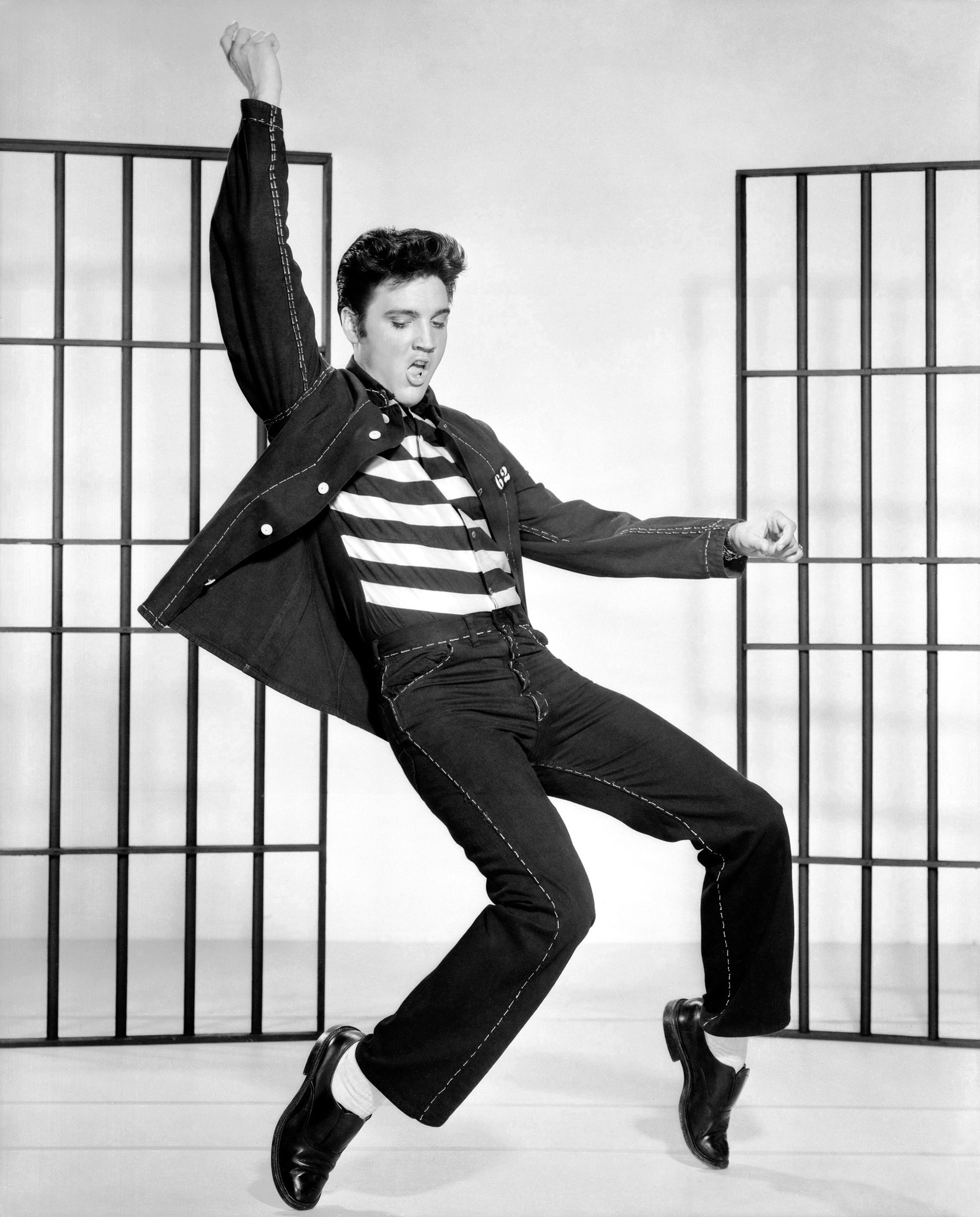By Arthur Graber,
Pharm.D., PGY1 Pharmacy Practice Resident, Medstar Georgetown University
Hospital
Do we really want our students to merely learn how to be successful in
their work environments … or do we want them to thrive and have a high sense of
well-being? Recently, the study of “positive” psychology (PP) has taken flight.
This is a new type of psychology that focuses on the achievement of well-being.
In traditional psychology, there is a focus on solving a problem and correcting weaknesses. However,
the positive psychology perspective states that if you focus on your strengths
and talents, you will indirectly address your weaknesses and achieve success.1
PP is an exciting area of focus that can help people discover meaning in their
lives and build resilience in tough times.
Residency training and medical education are some of the
psychologically hardest times for young professionals. Not exactly the best time to learn how to flourish
into well rounded, patient-centered practitioner. Indeed, the rate of emotional exhaustion and
depersonalization among medical residents and students has been estimated to be
between 40% and 70%.2 Burnout adversely affects judgment and
clinical decision-making as well as undermines satisfaction.1 In
order to prevent burnout, it is important for educators, preceptors, and (most
importantly) students to understand how they can improve their experience,
develop a sense of
Well-being encompasses a wide range of factors including the following
components: Positive emotion, engagement,
meaning, positive relationships, and accomplishment.3
Put into play, these elements create an environment that allows students to
flourish.
Positive emotion or as Dr.
Seligman, one of the founders of PP, likes to describe it, living the pleasant life, is the component that
encompasses happiness and life satisfaction.
Engagement is also pleasurable
but we realize it only in retrospect. “Wow, I got lost in what I was doing!” Engagement occurs when a person uses their
personal strengths and virtues in a manner that causing them to experience “flow.”3
For a teacher, the use of
“strength-based education” is a shift in paradigm from focusing on the clinical
expertise of the instructor to one of cooperative management and exploration of
the skills, knowledge, and resources of each student.1 Students can
be coached to determine what their strengths are and evaluate if potential
projects, work settings, and other life pursuits provide opportunities for the
student to use their strengths.4
Meaning, belonging to and
serving something greater than yourself, is another measure of well-being. Positive
relationships add significantly to a person’s well-being. Relationships
allow us to perform acts of kindness for others.
It is through acts of kindness that we can produce the most reliable
increase in our sense of well-being.3 And finally, Accomplishment can be objectively measured and describes what
people pursue in order to increase their well-being.3
Activities that allow us to build our positive emotions, engagement, meaning,
positive relationships, and accomplishment substantially increase our sense of
well-being. Those who have a sense of
well-being are in a better position to learn and to perform well in their
responsibilities. The following exercises
can be applied by teachers to increase student well-
Reflective Learning Exercises
Three Good Things
- Activity: Write down three positive events that happened during the work day every night for one week and answer the question of why the positive outcome occurred.
- Benefit: Provides changes in perspective, a cognitive-behavioral strategy, to improve stress management and self-care. It can also be used as a reflection strategy to understand how to approach future endeavors in order to get more positive results. These lessons can be shared with group members.
- Activity: Reflect on negative outcomes and attribute them to factors that are not innate to the student and are temporary and specific.
- Benefit: This allows students to see that failure may be situational instead of innate and allow them to perform better in subsequent attempts.
- Activity: Choose to purposely do what is good enough as opposed to maximize, a.k.a. obtain the best possible outcome by default. Determine what features are desired and pick the first option that meets those criteria.
- Benefit: Teaching this skill to students builds efficiency. It can teach students the importance of prioritizing effort for for major projects, while doing less for minor ones and still obtaining positive outcomes while lowering stress levels.
Capitalization
- Activity: Spend time sharing positive news and events that occurred such as the events stated in the above activity.
- Benefit: For residency programs, the development of a structured support group that meet regularly in order to share positive events and accomplishments instead of just problems may improve and enhance the quality of the work/education setting.
Signature Strengths
- Activity: Identify your top strengths by visiting www.authentichappiness.org. Aim to use these strengths intentionally every day or choose one to develop.
- Benefit: This is one of the best methods of developing skills and overcoming weaknesses while increasing active learning. Using these strengths purposely for one week has been associated with increased happiness and less depression up to 3 months into the future.
References
1. Pedrals NG, et al. Applying positive psychology
to medical education. Rev Med 2011; 139: 941-9.
2. Thomas NK. Resident burnout. JAMA
2004; 292: 2880-9.
3. Seligman MEP. Flourish. New York: Free Press, 2011.
4. Skerrett K. Extending family nursing:
concepts from positive psychology.
Journal of Family Nursing 2010; 16: 487-502.
5. Hershberger PJ. Prescribing happiness:
positive psychology and family medicine.
Family Medicine 2005; 37: 630-4.

